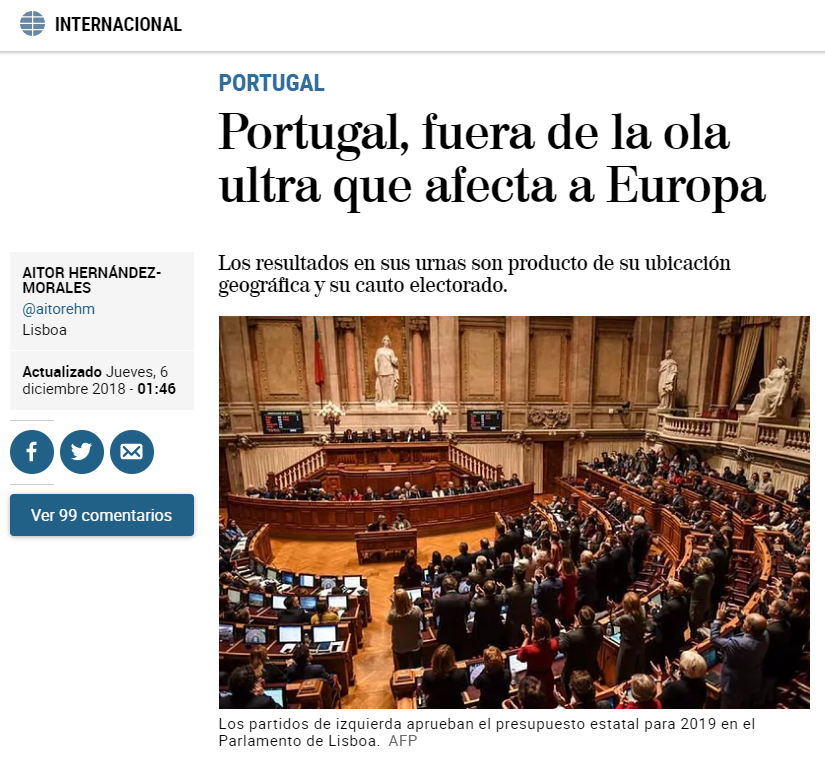
In 2010, ahead of the 100th birthday celebrations for Madrid's Gran Vía, architect Miguel Oriol produced plans for a makeover of the Spanish capital's most iconic thoroughfare: his scheme saw cars mostly banished and the 1.3 km street turned into a lush garden. 

The centenary celebrations came and went without anything happening with that scheme, which would have involved creating a huge subterranean tunnel and a massive parking lot under the street (because it was 2010 and the idea of actually banishing cars was #TooCrazy). 



During her brief spell heading Madrid's City Hall (2015-2019), progressive mayor Manuela Carmena concluded that, in lieu of a big dig project, it made more sense to adopt on-surface measures to squeeze cars out of the central street. Lanes were reduced, sidewalks expanded. 

Two lanes were for cars / cyclists, with speed capped at 30 kmh; two others were exclusively for buses and taxis. Trees were installed to bring a bit of green (and needed shade) to the thoroughfare. Although right-wing pols complained, the measures were popular. 

Carmena left the door open to making the Gran Vía a fully pedestrian thoroughfare and set the goal of making that happen by the end of the 2010's. Right-wing pols said such a move would be catastrophic and kill local business and bring upon the end-days and etc. 





But surveys showed that a majority of Madrid's citizens were fully in favor of the move. And that became a problem for the conservative Popular Party when — allied with center-right Ciudadanos party and far-right group Vox — it retook Madrid's City Hall in 2019. 

As part of its governance pact with Vox, the Popular Party agreed to look into eliminate the restrictions Carmena had put in place to limit motor vehicle access to the city center and slash Madrid's insanely high air pollution levels. 

In lieu of pedestrianizing the Gran Vía, the pact with Vox also obliged City Hall to go back to the Oriol plan and analyze the possibility of taking on a massive big-big project to "bury" the thoroughfare (rather than banish cars, let's just hide them from view). 

From the get-go, architects said the idea was nuts as the project would be expensive, dangerous for the historic buildings in the area, and only serve to keep cars flowing into the city center. It would also be technically difficult due to the thoroughfare's long incline. 

Still, the study was carried out. So now, three years and €17,000 later, we have the results: turns out burying the Gran Vía would be a very, very bad idea. 

While technically possible to carry out, the extremely complex operation would cost €327 million and likely create massive traffic jams at the hypothetical entrance points to the tunnel, subsequently causing traffic issues in front of City Hall and on the nearby Paseo del Prado. 

City Hall now admits that the plan is a no-go. But will the municipal government reconsider Carmena's pedestrianization plan? Not yet, apparently. Paloma García Romero, delegate for Public Works, says that "other alternatives to improve east-west mobility" are being analyzed. 

So while cities like Paris opt for phasing cars out of iconic thoroughfares like the Champs-Élysées, Madrid, which could have been a European leader in this sense... waits.
En fin...
En fin...

• • •
Missing some Tweet in this thread? You can try to
force a refresh















